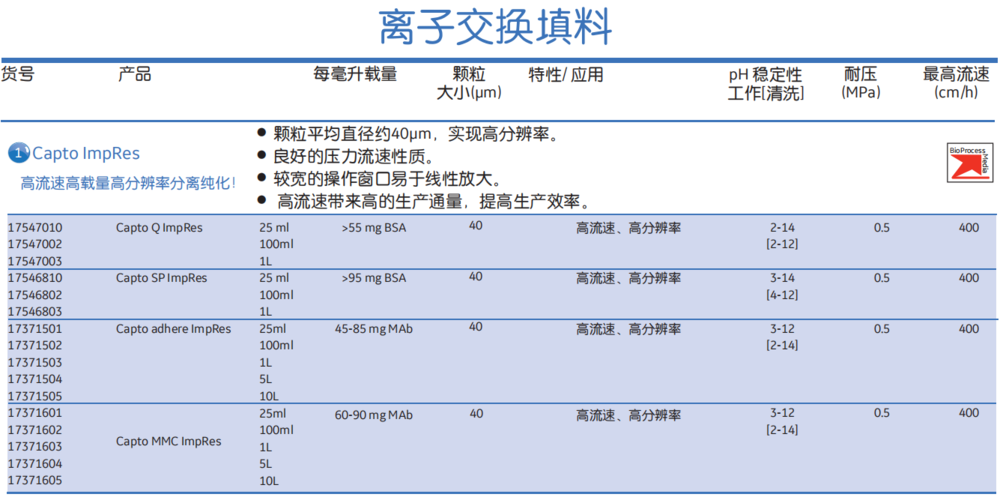
Multimodal chromatography uses multiple modes of interaction such as charge, hydrophobic, or hydrogen bonding to separate proteins. This new understanding of multimodal surfaces has important implications for developing improved predictive models and designing new classes of multimodal separation materials. This clustering phenomenon is likely to play a key role in governing protein–surface interactions in multimodal chromatography.
Capto mmc impres Patch#
Finally, we developed an approach for quantifying differences in the observed surface patterns by calculating distributions of the patch more » size and patch length. Further, the use of flexible linkers enabled hydrophobic groups to collapse to the surface, reducing their accessibility.

In addition, the introduction of a flexible linker (corresponding to the commercially available ligand) enhanced cluster formation and allowed aggregation to occur at lower surface densities. On the other hand, lowering the surface density to 1 ligand/3 nm 2 reduced or eliminated this aggregation behavior. For aggregating ligands, we report this resulted in the formation of a surface pattern that contained relatively large patches of hydrophobicity and charge whose sizes exceeded the length scale of the individual ligands. We found that ligands that were flexible and terminated in a hydrophobic group had a propensity to aggregate on the surface, while less flexible ligands containing a hydrophobic group closer to the surface did not aggregate. In this work, we performed molecular dynamics simulations of a series of multimodal cation-exchange ligands immobilized on a hydrophilic self-assembled monolayer surface at the commercially relevant surface density (1 ligand/nm2).

Multimodal chromatography is a powerful tool which uses multiple modes of interaction, such as charge and hydrophobicity, to purify protein-based therapeutics.


 0 kommentar(er)
0 kommentar(er)
